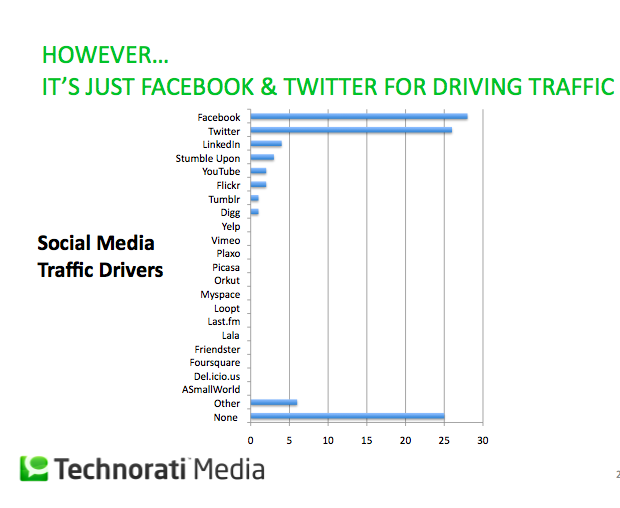According to WSJ Yahoo are making an effort to take their Social Strategy seriously, again. They are launching a new service called Y-Connect, aimed at media sites and publishers with the end goal of bringing more traffic.
TechCrunch and Blogs around the web are just all over the place talking about how Y-Connect will fail, but I’m more interested in asking what they need to do to succeed. The world needs more than one social network. Competition is healthy for everybody and although Facebook are doing a brilliant job so far, competition will only make this space better.
Back to Yahoo, they are saying that: “With Y Connect, users could register with and log into media sites simply by clicking on a Yahoo button.”
OK, so authentication with Yahoo is great. Being the biggest email provider in the world, Yahoo has more than a handful of user accounts and that could help boost activity. However, social optimization platforms, such as Gigya, have already been using Y!OS for over a year to authenticate users on external websites (checkout answers.com, a really cool integration), So what’s new here?
Yahoo cannot honestly expect publishers to switch their existing Facebook Connect button (which is already on over 1 million sites) with Yahoo Connect. At best, they will add Yahoo on top of their existing Facebook and Twitter buttons. Taking into account that users only need to login once, Yahoo needs to work hard on making sure that users log-in with Yahoo first and not with other buttons.
If Yahoo gets the User experience right on those buttons and make it as seamless as possible it could work, but it has to be better than Facebook connect. It has to be “seamlessâ€. What I mean by “seamless” is that signing into an external site using Yahoo_connect would be easier, smoother (less screens, and preferably using a dialog if possible), and overall a better experience than doing the same with Facebook connect. It has to be so good that users will prefer using Yahoo-Connect than using Facebook Connect .Otherwise, people will just go on using their existing Facebook connect buttons instead of using the new Yahoo Connect.
Yahoo goes on and says: “…Then, users’ activity on the media site can easily be shared with contacts on Yahoo.—
That is probably the key to success here. User authentication is great, but publishers need an effective social media strategy that brings in traffic. The issue is that Yahoo hasn’t been able to deliver that just yet.
Yes, users have a profile in Yahoo. Yes, they have a Social Graph (very much like Google Buzz the relationship graph is related to their email connections), but for the social sharing piece to work, Yahoo has to help users to interact with each other and interact with friend’s feed content.
If Yahoo wants to get serious with their Social Strategy (and it’s not too late to do that yet), they have to feature the feed items on the Yahoo front page (for logged in users). To me, this seems like the only way to play the game to win. I know it’s hard as Yahoo front page is one of the most valuable web assets in the globe, and I totally understand why Yahoo is sometimes reluctant to change something that clearly works, but this is what innovation is all about. Change. If Yahoo wants to play the Social Network game to win it has to adopt and promote their Social Media Strategy by doing more than PR. They need to help users discover that Social functionality in Yahoo and make it an integral and prominent part of the Yahoo services suite, just like emails, News, Finance and other successful Yahoo products.
